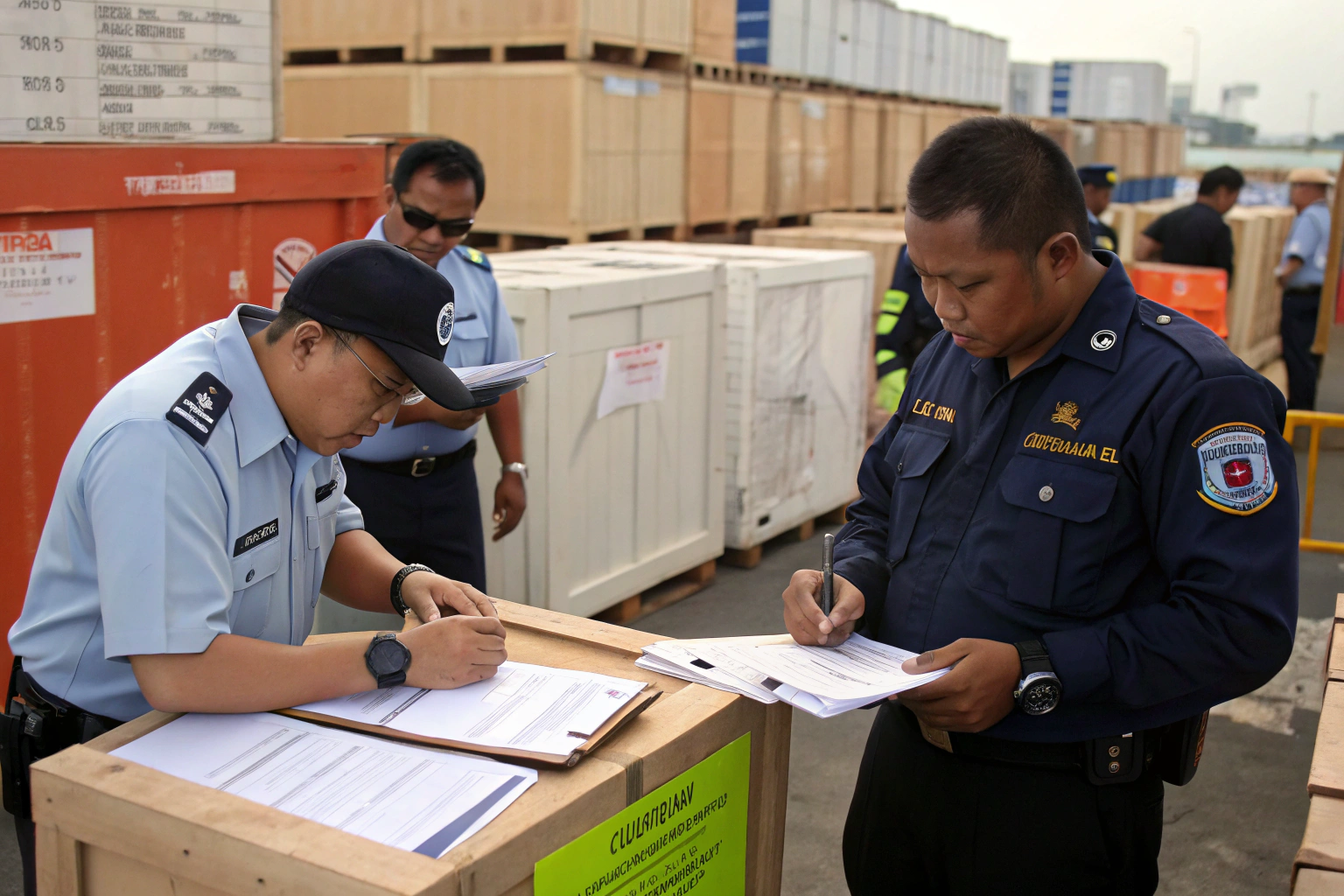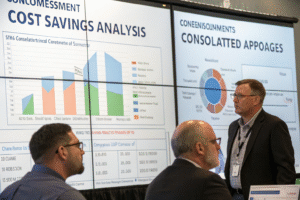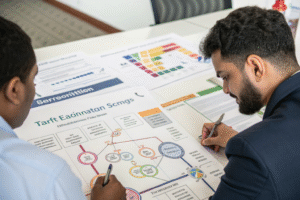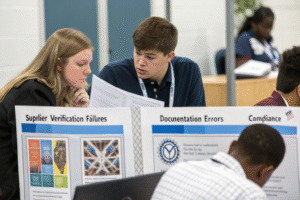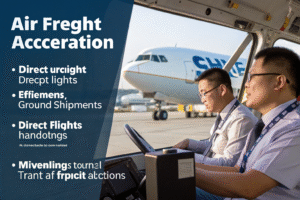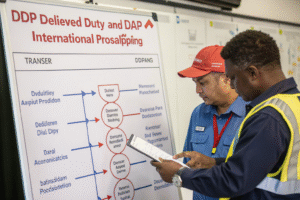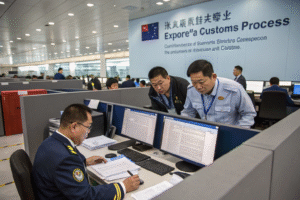The moment you discover your shipment has been selected for a customs examination can trigger anxiety and uncertainty. Many importers fear the worst—extended delays, additional costs, or even seizure of their goods. While customs exams certainly create challenges, understanding the process and knowing how to respond can minimize disruptions and protect your business interests.
When your shipment is flagged for a customs exam, it will be moved to a Centralized Examination Station where customs officers will inspect the contents, verify documentation, and ensure compliance. Exams typically add 3-10 business days to your clearance timeline and cost $200-800 in additional fees, though complex cases can take longer and cost more.
Let's examine what triggers customs exams, the different types of inspections you might face, and strategic approaches to navigate this process while protecting your shipment and business interests.
What triggers a customs examination in the first place?
Customs exams aren't random punishments but targeted interventions based on specific risk indicators. Understanding these triggers helps you assess your vulnerability and implement preventive measures.
The Automated Targeting System scores every shipment entering the US based on multiple risk factors including product type, country of origin, importer history, supplier information, and declared value. High-risk scores trigger examinations. Specific triggers include shipments from suppliers on the Forced Labor List, products with known classification issues, importers with compliance discrepancies in their history, declared values that seem inconsistent with similar products, and random selections that ensure overall system integrity. Even reputable importers face occasional exams as part of customs' risk management approach.
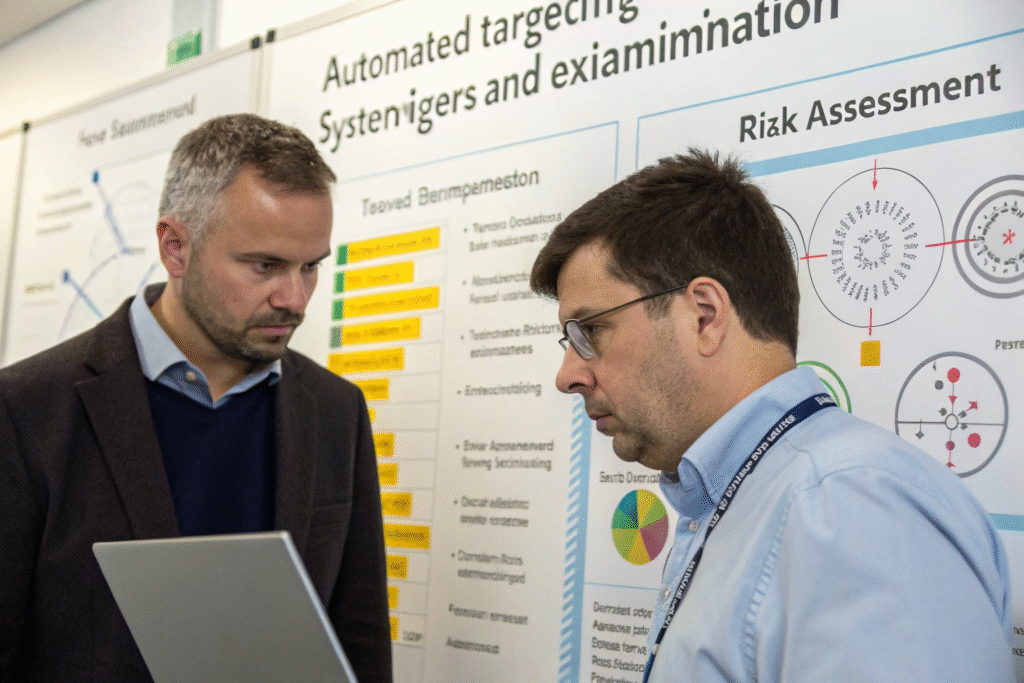
What specific red flags increase examination probability?
Common examination triggers include:
- Products from high-risk countries or regions with forced labor concerns
- Inconsistent classification patterns compared to similar importers
- Supplier relationships with entities on restricted parties lists
- Value declarations significantly below industry norms for similar products
- Documentation discrepancies between different submitted forms
- Security profile concerns based on shipment characteristics
Addressing these red flags proactively reduces your examination frequency.
How does your compliance history affect exam risk?
Your import history significantly influences examination likelihood:
- First-time importers face higher scrutiny until establishing compliance track records
- Previous violations increase examination probability for subsequent shipments
- Consistent compliance gradually reduces examination frequency over time
- Voluntary self-disclosures can mitigate future examination consequences
- Trusted trader status (C-TPAT) significantly reduces examination rates
Building a strong compliance history is an investment in smoother customs clearance.
What are the different types of customs exams?
Not all customs examinations are equally intensive or time-consuming. Understanding the exam spectrum helps you prepare appropriately and set realistic expectations for different scenarios.
The four main exam types include document Reviews (fastest), Tailgate Exams (quick visual checks), Intensive Exams (comprehensive physical inspection), and Laboratory Tests (most time-consuming). Document reviews typically add 1-3 days and involve verifying paperwork accuracy. Tailgate exams add 2-4 days with a quick container opening and visual inspection. Intensive exams add 5-10 days with complete unloading and detailed examination. Laboratory testing can add 10-20 days for product sample analysis.
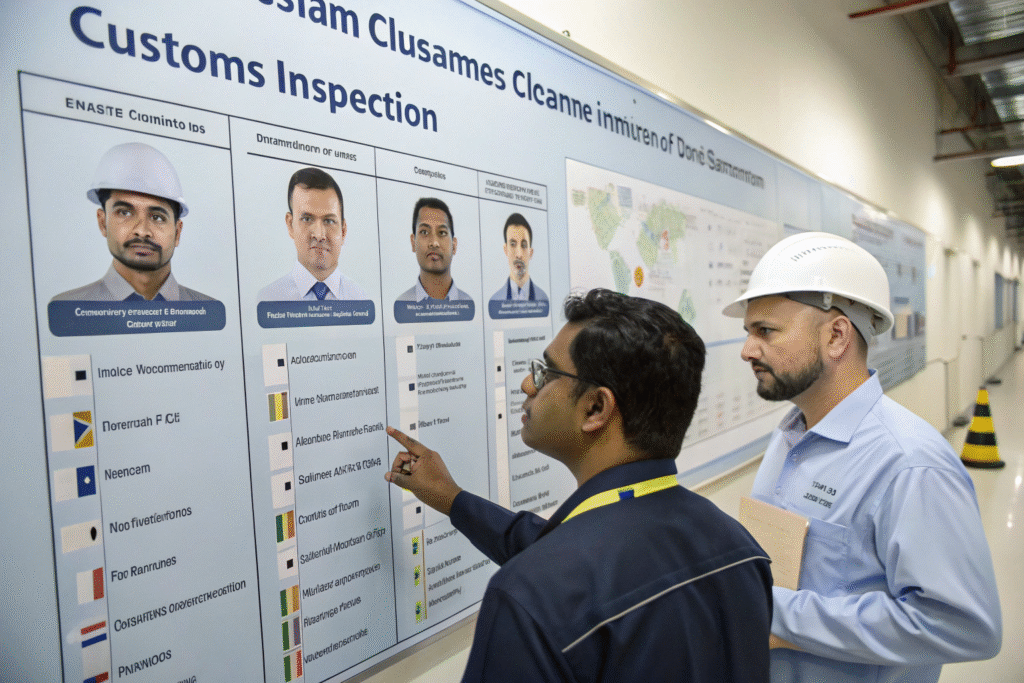
What happens during each exam type?
Different examination processes:
- Document Review: Officers verify commercial invoice, packing list, and other documents for accuracy and consistency
- Tailgate Exam: Container is opened at CES station for visual inspection without unloading contents
- Intensive Exam: Complete unloading, piece-by-piece inspection, and potential packaging removal
- Laboratory Testing: Samples sent to customs labs for composition analysis or verification
Understanding these processes helps you prepare appropriate documentation and packaging.
How can you determine which exam type you're facing?
Identification methods include:
- Exam reason codes on customs notices indicate exam type and focus
- Broker communication typically specifies the examination level required
- CES facility information suggests exam intensity based on capabilities
- Timeline estimates from customs brokers indicate probable exam type
- Document requests from customs signal specific verification needs
Early identification helps manage expectations and responses.
What immediate steps should you take when notified?
A proactive, organized response to exam notifications minimizes delays and demonstrates your commitment to compliance. Panic or resistance only exacerbates the situation and potentially damages your relationship with customs authorities.
Immediately contact your customs broker for detailed information about the exam reason, expected timeline, and required actions. Gather all shipment documentation including commercial invoice, packing list, proof of payment, and any relevant certificates. Notify your supply chain partners about potential delays. Document all communications and actions related to the exam. Avoid contacting customs directly—work through your broker who understands the protocols and maintains established relationships with examination staff.
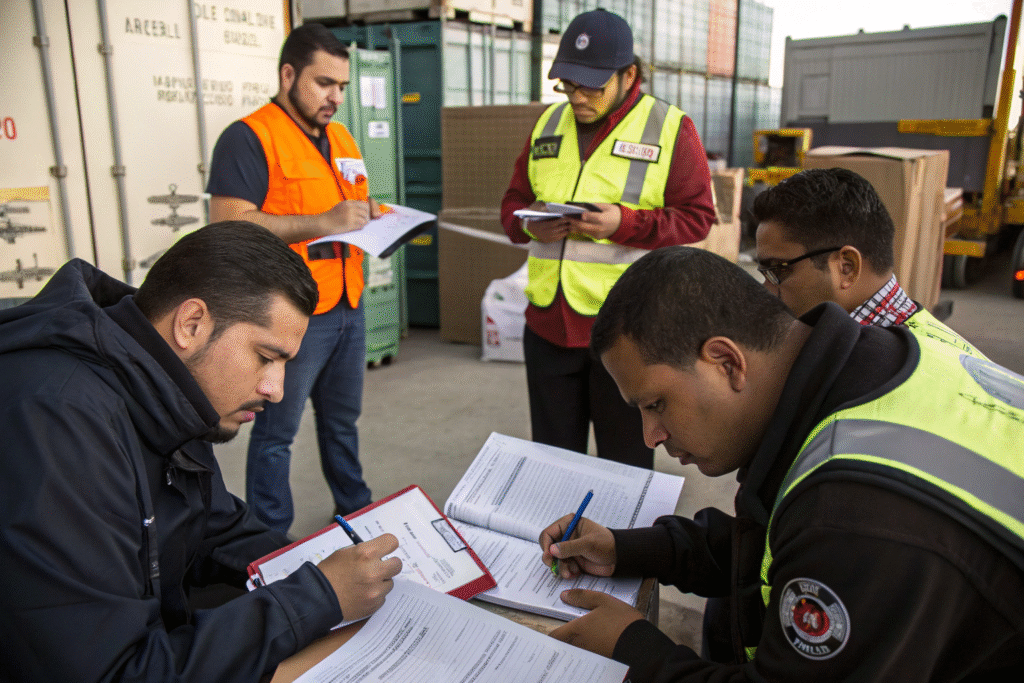
What documentation should you prepare immediately?
Essential documents to assemble:
- Complete commercial invoice with detailed product descriptions
- Packing list matching actual shipment contents
- Bill of lading or air waybill for transportation verification
- Proof of payment demonstrating transaction values
- Product specifications and technical data sheets
- Previous import documentation for similar products
Having these documents readily available accelerates the examination process.
How should you communicate with affected parties?
Appropriate notification strategy:
- Customers: Provide realistic revised timelines without overpromising
- Suppliers: Inform about exam while seeking additional documentation if needed
- Internal teams: Update sales, operations, and finance about potential impacts
- Carriers: Coordinate exam scheduling and container availability
- Warehouses: Adjust receiving schedules and staffing plans
Transparent, proactive communication manages expectations throughout your supply chain.
What costs and delays should you anticipate?
Customs exams create both direct costs and hidden expenses that impact your total landed costs. Realistic budgeting for these eventualities prevents financial surprises and helps you evaluate the true cost of your import operations.
Direct exam costs typically range from $200-800 depending on exam type and location, covering CES handling, labor, and equipment usage. Storage and demurrage charges accumulate at $100-300 daily if exams extend beyond free time periods. Additional transportation costs may apply for moving containers to examination facilities. Indirect costs include inventory carrying costs during delays, potential lost sales from stockouts, and administrative time managing the exam process. The total impact often exceeds the visible exam fees.

How can you minimize exam-related demurrage charges?
Demurrage reduction strategies:
- Expedite exam scheduling through your broker's CES relationships
- Monitor exam progress daily to anticipate container release timing
- Pre-arrange transportation for immediate pickup after exam completion
- Utilize pier passes where available to extend free time
- Negotiate carrier relationships that provide demurrage grace periods
Proactive management prevents demurrage from exceeding exam costs themselves.
What timeline buffers should you build into your planning?
Realistic timeline expectations:
- Document reviews: Add 2-3 business days to clearance timeline
- Tailgate exams: Add 3-5 business days for scheduling and completion
- Intensive exams: Add 5-10 business days for thorough inspection
- Laboratory testing: Add 10-20 business days for analysis and reporting
- Complex cases: Potentially add several weeks for extensive verification
Building these buffers into your supply chain planning prevents stockouts during examinations.
How can you prevent future customs exams?
While some exams are inevitable, strategic compliance management significantly reduces your examination frequency over time. Proactive measures typically cost less than reacting to examinations and create more predictable supply chain operations.
Implement robust classification processes with technical support for complex products. Maintain detailed valuation documentation supporting your declared values. Conduct supplier due diligence to avoid forced labor concerns. Establish internal compliance audits to identify potential issues before customs does. Participate in trusted trader programs that reduce examination rates for qualified importers. These investments in compliance maturity transform your relationship with customs authorities from adversarial to collaborative.
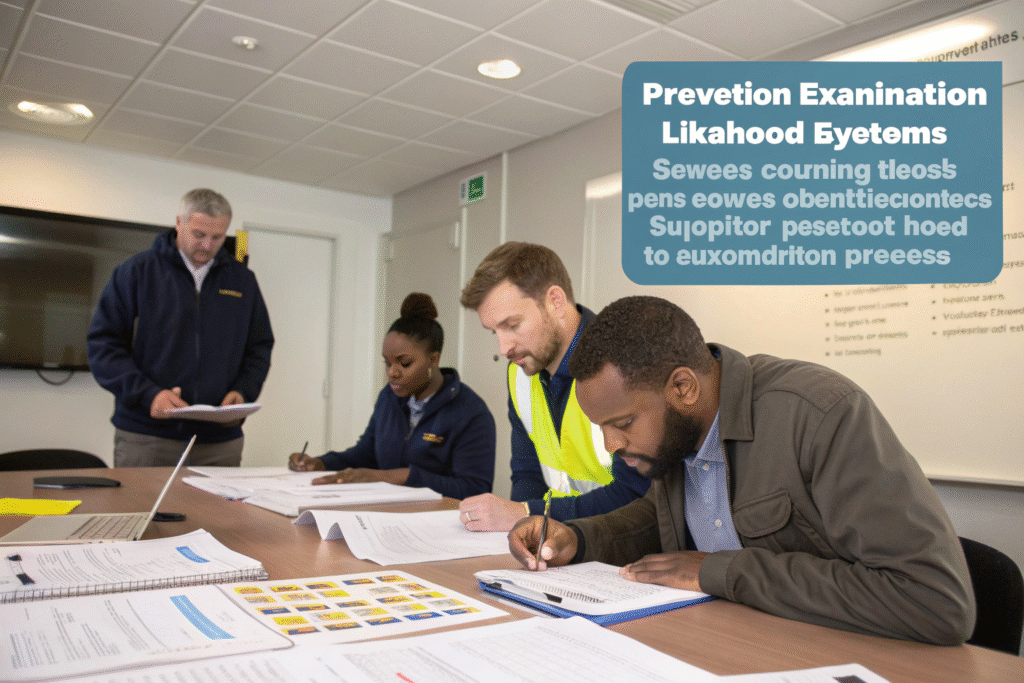
What compliance practices most effectively reduce exam risk?
High-impact compliance measures:
- Accurate HS classification using binding rulings when uncertain
- Thorough valuation documentation supporting declared values
- Supplier verification systems addressing forced labor concerns
- Consistent documentation practices preventing discrepancies
- Regular compliance training ensuring staff awareness
- Internal audit programs identifying issues before customs does
These practices demonstrate the "reasonable care" that customs expects from importers.
How do trusted trader programs affect examination rates?
Trusted trader benefits include:
- Significantly reduced examination rates for qualified participants
- Expedited processing even when exams are required
- Priority treatment during customs processing
- Reduced documentation requirements for low-risk shipments
- Improved relationships with customs authorities
The application process requires investment but delivers substantial operational benefits.
Conclusion
Customs examinations are an inevitable aspect of international trade, but they needn't be catastrophic. Understanding the examination process, responding proactively when exams occur, and implementing preventive compliance measures transforms exams from crises into manageable business events. The most successful importers treat customs compliance as a strategic function rather than an administrative burden, building systems and relationships that minimize examination frequency while ensuring smooth resolution when exams do occur. By adopting this comprehensive approach, you can navigate customs examinations with confidence, protecting your supply chain reliability while maintaining full compliance with import regulations.
